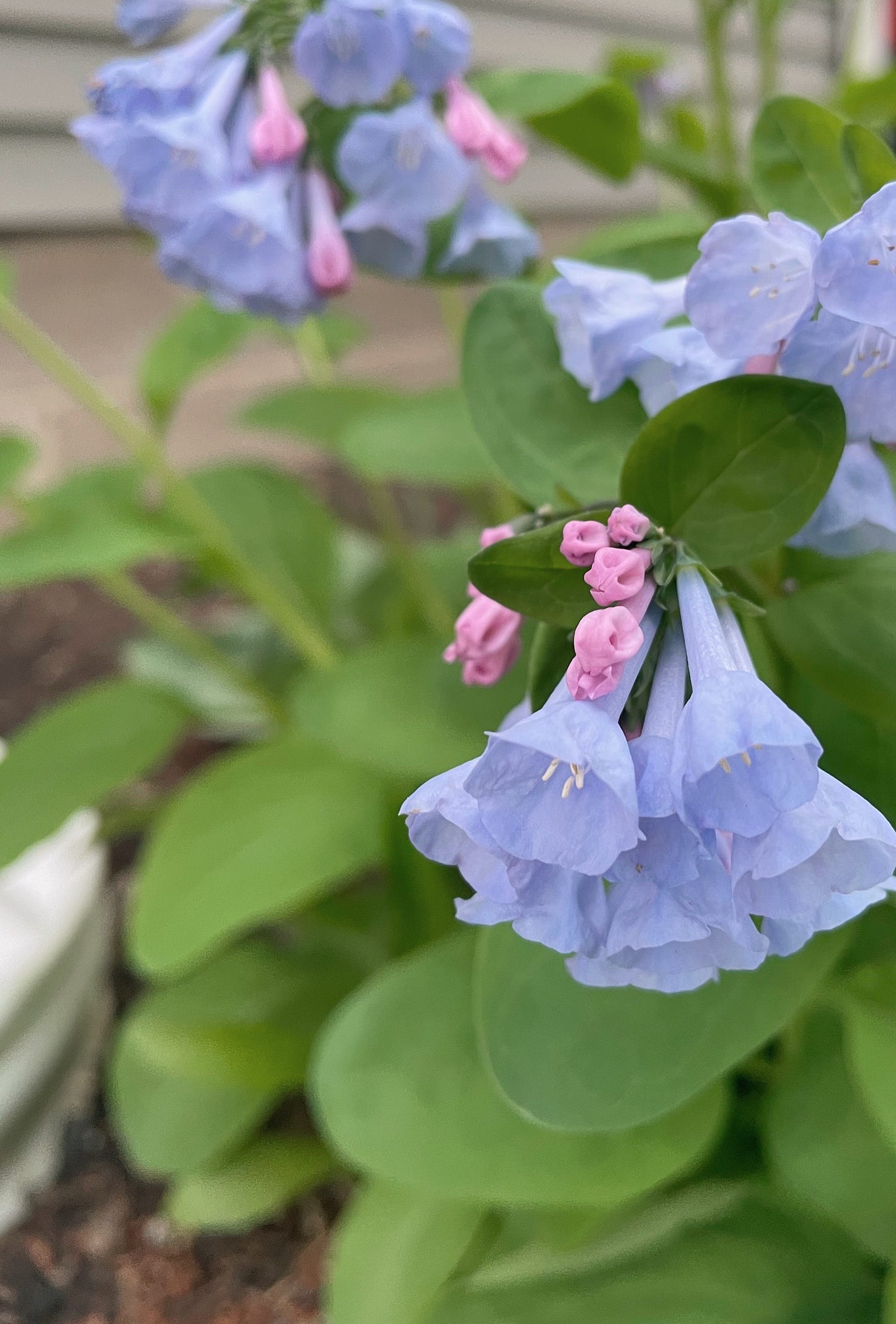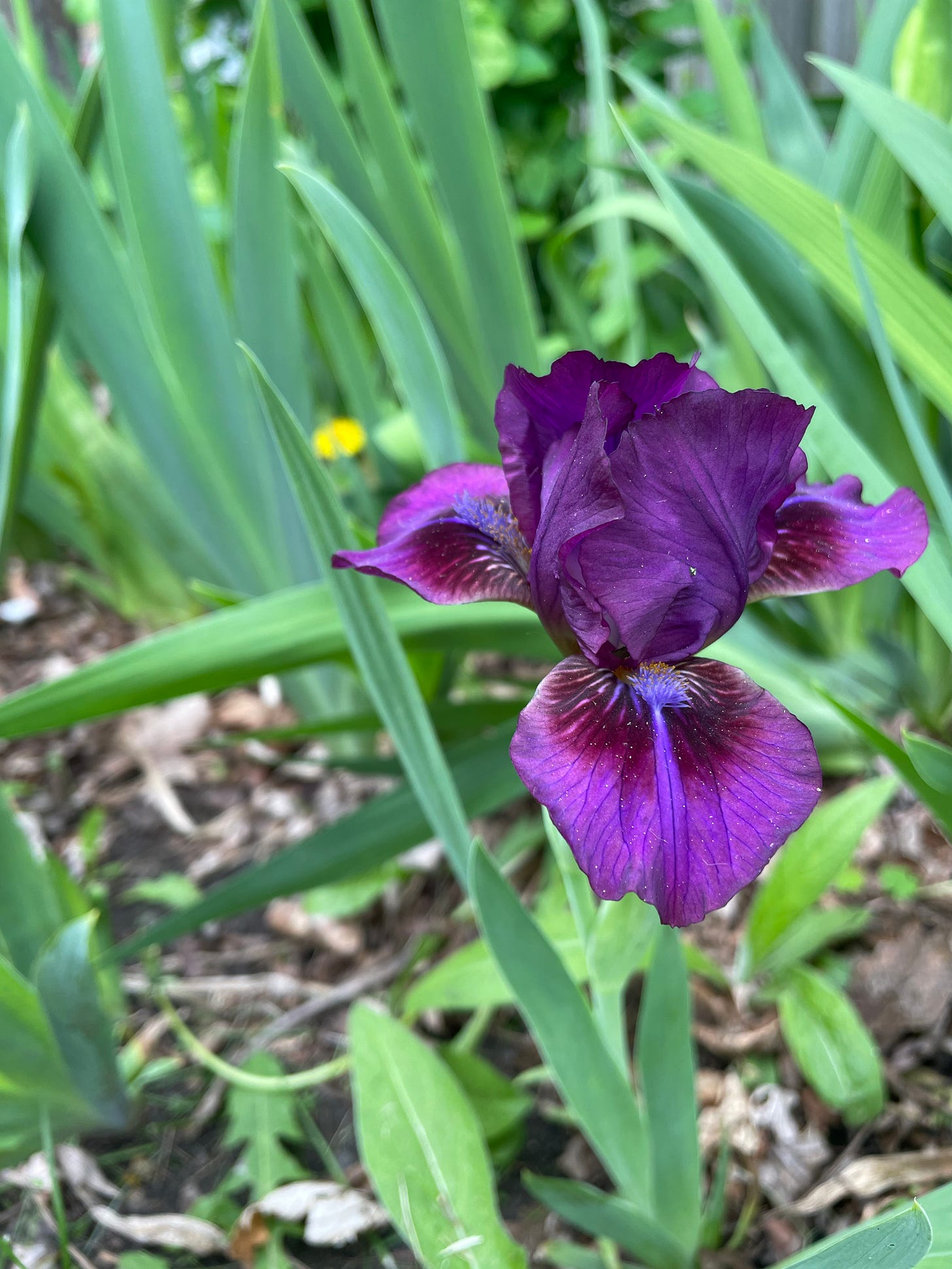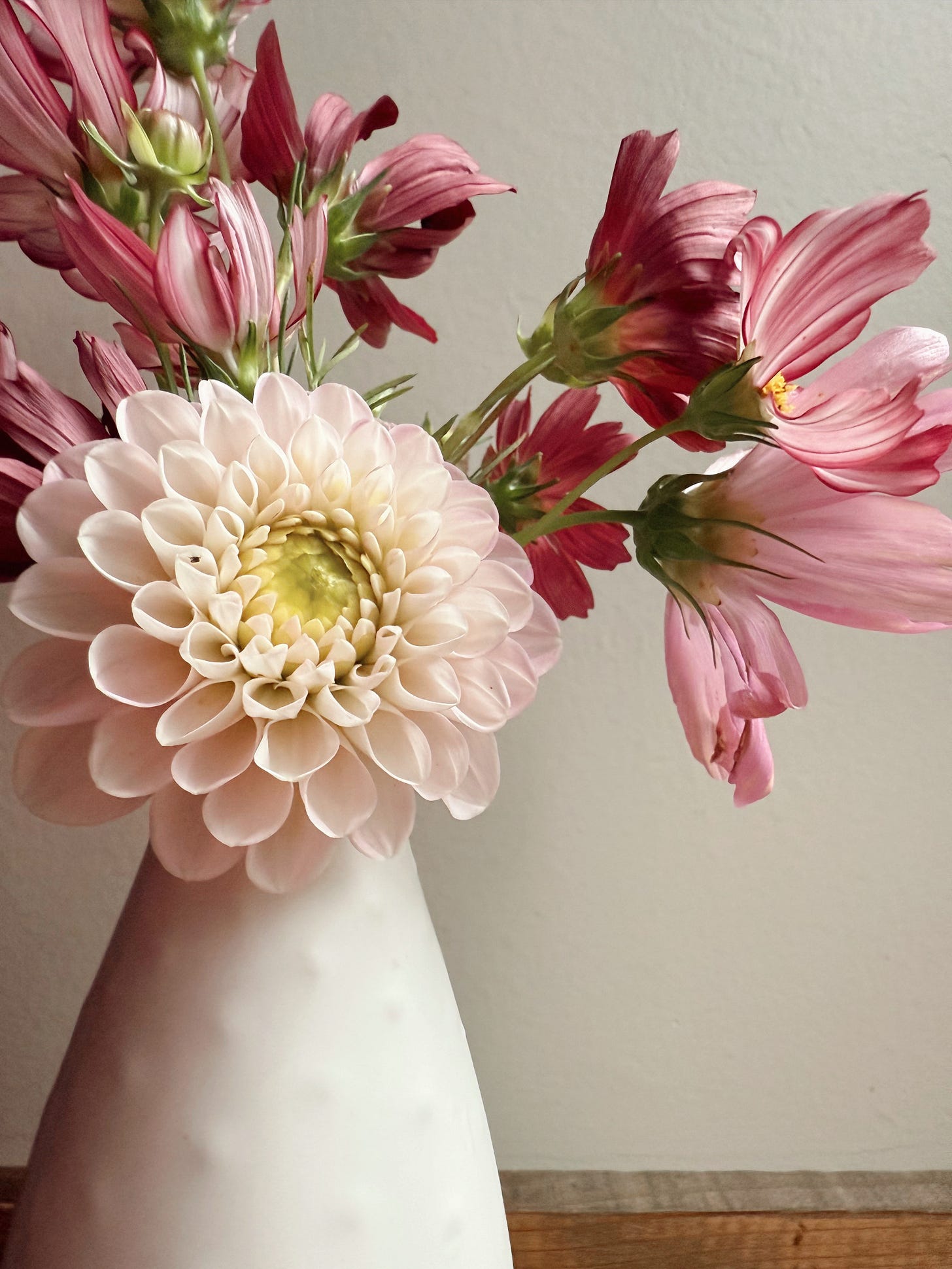I’ve heard people describe springtime in the Midwest as the most beautiful time of year. Let me explain: summer and fall have worthy characteristics (think sun-dappled lakes and autumnal leaves), but springtime comes right after the hardest stretch of months in the north: winter.
There’s something to this notion. Apple blossoms and daffodils, tulips and spring rain collectively create, in effect, a resolution, a needed release of tension from longer months of cruel, cold winds and dark afternoons that bleed into long nights. When spring showers bring May flowers, we’ve earned it.
But my students might disagree. To them, March, April, and May means deep school work and furrowed brows fretting over piles of high-stakes homework. I watch them slump in their chairs and sigh as they unpack their bags at the beginning of class. It’s best to not ask how things are going at this point. They tell me with their bodies anyway, each week a struggle to muster energy for the semester. Days get brighter and warmer, but they grow worn-out, beleaguered, overwhelmed.
As a teacher, I hate witnessing this.
I have little agency to remove the most demanding classroom assessments embedded in the spring semester, but I can do something. So, I devised a plan.
What if I transformed a defunct tiered garden just outside the classroom (which includes floor to ceiling windows) into a bright spot of spring flowers, timed to blossom from March to May? What if students could soak up colors — pale blue, bright yellow, pink like fruit punch, or a deep royal purple — as they slog through the spring semester? Would a garden make a difference to how they experience learning?
I remember my elementary school building included a courtyard, a small patch of green grass bordered by classrooms and the media center. On library days, we peered into the courtyard. We watched shadows slide from east to west. When it rained, puddles formed in low spots. Sometimes a whole family of ducks settled in the courtyard, so we’d amuse ourselves by duck gawking as we lined up by the door. Watching ducklings parade through green grass made library time exciting. They became the center of our world.
The courtyard, the sun, the puddles, the ducks — they didn’t just entertain us, they gave us a glimmer of how life proceeds forward, how fun things happen, even when school drones on. While we sat at our desks and learned about math, an entire world of amazing things occurred around us. The courtyard was a counterpoint. School was only a part of life, not all of it.
I suspect instilling a similar big picture perspective by planting a garden might encourage students to discover something equally important: the semester’s challenge is only temporary. The world carries on.
Over the next three weeks, I’ll remove dead plants, pluck weeds, and add compost to the garden bed to prepare the area for growth. A handful of perennials and bulbs will also go in the ground before our first deep frost in November. To ensure squirrels and other pests do not disturb newly planted flowers, I’ll place a layer of berry netting over the soil. This will prevent animals from digging up roots and removing flower bulbs. And then I’ll wait four long months until the bluebells’ first tendrils emerge from damp soil in the spring.
Plants I’ll grow in the classroom garden: Virginia bluebells, purple iris, daffodils, bleeding heart, astilbe, hostas, and moneywort.
See you later this month, when I share images from my fall garden as part of my visual essay, Rewind.
-Betsy









Oh! I don't know how I missed this before. Just read it. I am imagining this garden. I cannot wait to see pictures!! 😍
Another great essay, Betsy. I admire your patience so much, both for your plants and flowers, and for your students as well.